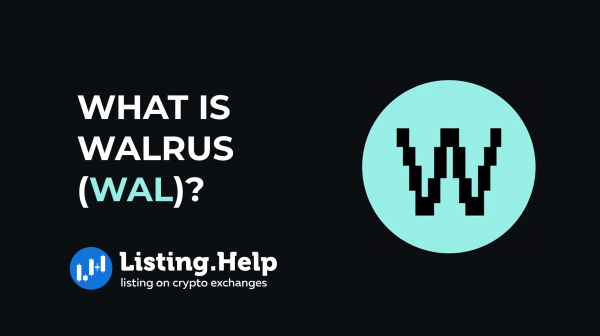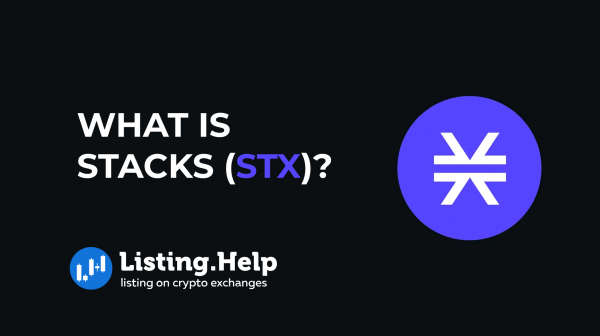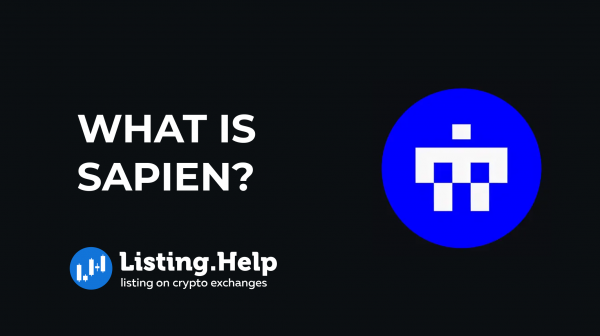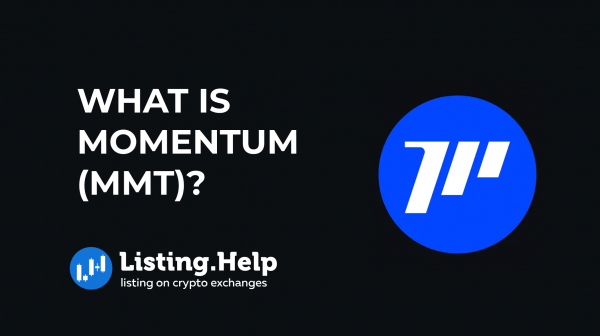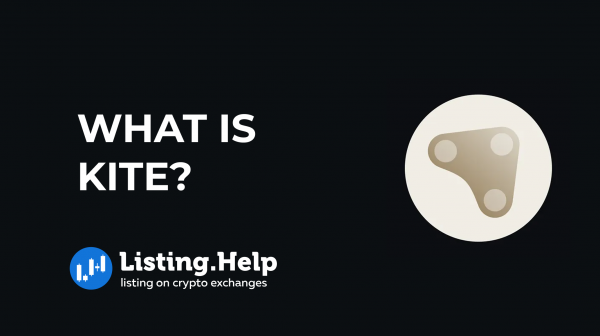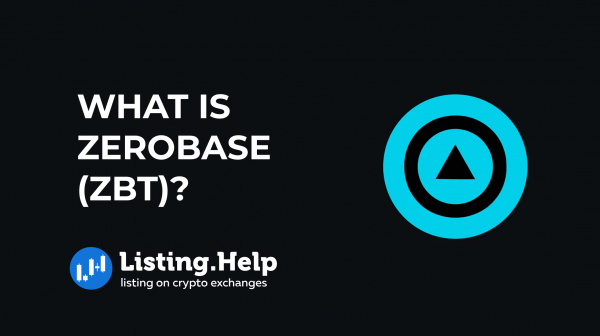What is Front Running in Crypto?
 January 31, 2025
January 31, 2025 Updated: February 19 2025, 06:13
Updated: February 19 2025, 06:13
LEAVE A REQUEST
Launching your own token project? Our experts are ready to help with listing on exchanges, market making, marketing and other solutions
SUBMIT APPLICATIONFront running is an illegal and unethical practice in financial markets where traders exploit confidential information for personal gain. It happens when someone places their own trade ahead of a large pending transaction, knowing that the market will shift once the bigger trade goes through. This allows them to profit at the expense of others, breaking trust and fairness in the process.
This type of behavior is common in traditional markets, where brokers or traders use privileged information about upcoming trades. But it also occurs in cryptocurrency trading, especially in markets with lower liquidity, such as those involving niche tokens on decentralized exchanges.
Understanding Frontrunners in Crypto Trading
In cryptocurrency trading, front running is often carried out by automated bots programmed to detect profitable opportunities before anyone else. These bots monitor pending transactions and execute their own trades ahead of them.
Blockchain transactions are temporarily stored in an area called the mempool before they are finalized. Bots scan this space, searching for trades they can exploit. By offering higher transaction fees, they push their own orders through first, securing a more favorable price before the original transaction takes effect.
What is MEV in Crypto Trading?
Miner Extractable Value (MEV) refers to the extra value that miners, validators, or block producers can capture by choosing how transactions are ordered within a block. Since they control the sequence in which transactions are processed, they can prioritize their own trades or manipulate order flow to generate profits.
The competition for MEV opportunities has increased as more traders look for ways to capitalize on blockchain mechanics. As a result, strategies have become more advanced, requiring faster execution to stay ahead.
MEV Strategies
One common tactic is sandwich trading. This involves placing one trade before and another right after a large pending transaction, allowing the trader to benefit from the price movement triggered by the larger order.
Another approach is using front-running bots that detect significant trades before they’re processed. By paying higher transaction fees, these bots secure priority, allowing them to act before market prices adjust.
These tactics, while controversial, highlight the complexities of modern trading in both traditional and digital markets. Understanding how they work is essential for anyone participating in financial markets, whether in stocks or crypto.
Here’s a revised version of your text with the same meaning and volume, keeping it professional yet straightforward:
Why Front Running is Illegal?
Front running is banned in many countries because it gives traders an unfair advantage by misusing confidential information. Financial professionals are expected to act in their clients’ best interests, but front running breaks that trust for personal profit.
It also damages market fairness by allowing those with privileged access to manipulate prices, which can lead to financial losses for ordinary investors. To prevent this, regulatory bodies like the U.S. Securities and Exchange Commission (SEC) enforce strict rules and penalties against it.
Types of Front Running
This practice isn’t limited to one type of market. It appears in various forms, including:
- Stock trading – Brokers who know about large upcoming trades may act on this information before executing client orders.
- Commodities and forex – Traders in these markets can engage in front running if they gain access to details about major transactions before they happen.
- Cryptocurrency trading – As digital assets gain popularity, front running has become a serious issue, especially on decentralized trading platforms.
How Front Running Works?
Unlike traditional markets, where front running involves human traders, in cryptocurrency markets, it is often carried out by automated bots. These bots scan public blockchain networks like Ethereum, Solana, and BNB Chain, looking for pending transactions that they can take advantage of before they are confirmed.
Here’s how it happens:
- Monitoring pending transactions – Since blockchain transactions are public before they’re finalized, bots or malicious traders can track large trades waiting for confirmation.
- Paying for priority – On Ethereum and BNB Chain, bots can offer higher gas fees to get their transactions processed first. On Solana, some validators use priority fees or inside access to reorder transactions.
- Executing the trade – By jumping ahead in line, the front-runner completes their transaction first. When the original trade is processed and causes a price shift, they can sell at a profit.
This tactic is especially harmful in low-liquidity markets and when traders use high slippage settings on decentralized exchanges (DEXs) like PancakeSwap.
Also, the impact of front running can be particularly severe for newly listed tokens. When a token gets listed on an exchange, large buy orders may attract front-running bots, leading to price volatility. This is why many projects carefully plan their listings and consider the costs and requirements for listing on exchanges.
How to Avoid Front Running in Crypto?
Since a large portion of cryptocurrency trading happens on decentralized platforms, stopping front running is more challenging than in regulated markets. However, there are ways to reduce risk:
- Lowering slippage tolerance – This makes it harder for bots to manipulate a trade.
- Using private transaction methods – Some platforms offer options to keep transactions hidden until they are confirmed.
- Breaking large trades into smaller ones – Splitting up orders can help avoid attracting bots.
- Using MEV protection tools – Solutions like MEV blockers, Flashbots (Ethereum), or private mempools (Solana) can help shield transactions from exploitation.
How Listing a Token on an Exchange Affects Trading?
When a token is listed on an exchange, it gains exposure to a larger trading community. However, understanding how to list a token and the listing requirements for crypto exchanges can help prevent unnecessary risks. Different exchanges have varying policies regarding liquidity, security audits, and listing fees.
Before listing, projects should evaluate:
- How much it costs to list a token on centralized or decentralized exchanges.
- The form and requirements for listing on major platforms like Binance, Coinbase, or decentralized exchanges.
- Strategies to minimize price manipulation risks, including front running and MEV-related issues.

For more insights and updates on the crypto world, don’t forget to check out our blog at Listing.Help




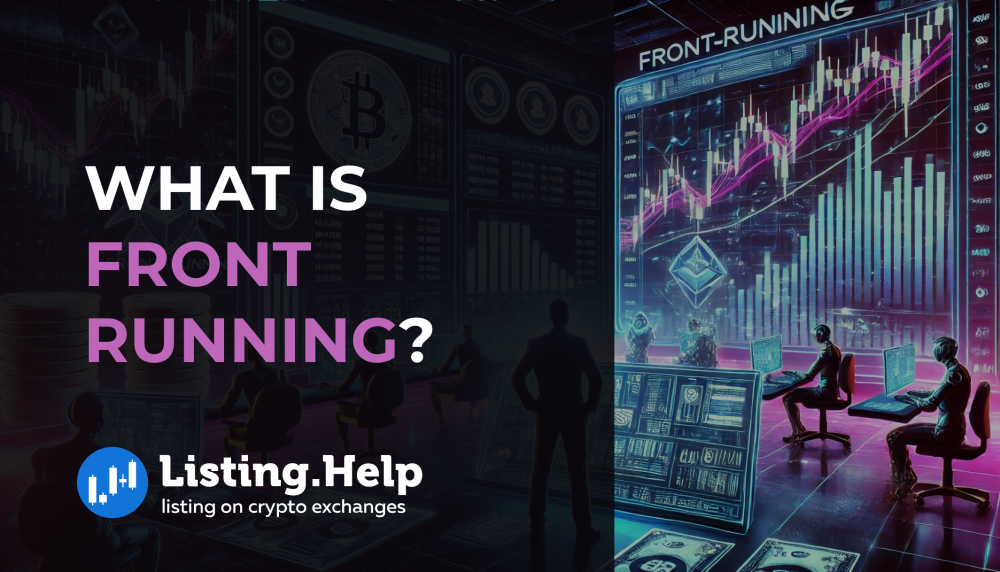


 December 22, 2025
December 22, 2025 